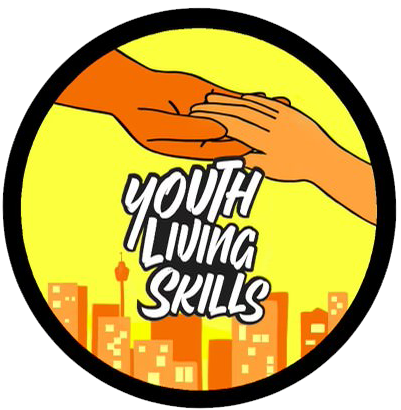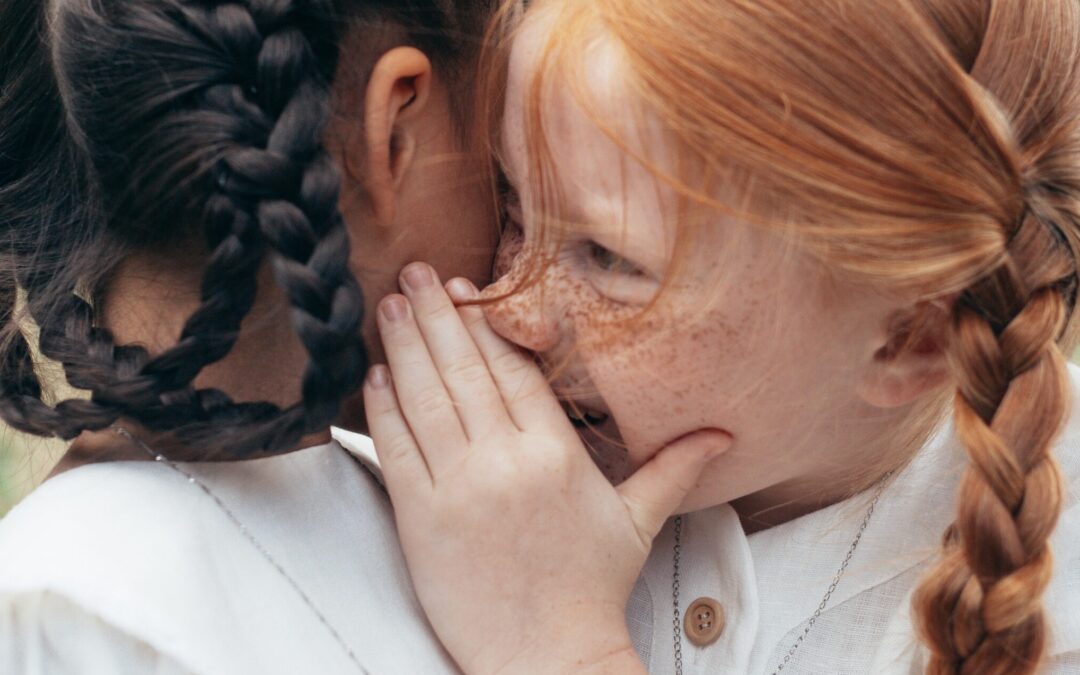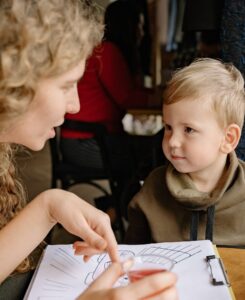Speech and language disorders
When someone has a speech disorder, they have difficulties producing speech sounds. This often makes it harder for them to communicate effectively with other people. In general, speech disorders can be classified into three different types:
- Disorders with fluency: Interrupted speech flow (regular stopping), dragging out sounds or stuttering.
- Voice (or resonance) disorders: Issues with the quality, volume or pitch of the person’s voice, making it difficult for listeners to understand.
- Disorders with articulation: Where the person says words incorrectly, or problems with forming sounds, so that others cannot make out what they are saying.
By contrast, language disorders occur when someone has deficits with utilising language to properly communicate. Language disorders can be:
- Cognitive-communication: Difficulties in the areas of attention, memory, organization, problem-solving, regulation.
- Receptive: Problems with processing and comprehending language and how it is intended to be used.
- Expressive: When the person cannot formulate sentences, arrange words or apply language in a way that is socially accepted and understood. This can also include having a narrow vocabulary.
Speech therapy for children
Often, communication difficulties can show up in childhood or early childhood. Parents might notice that their child is not engaging with others as expected or developing socially slower than peers of similar age. Sometimes, these concerns may prompt parents to seek the guidance and opinion of medical or health professionals, such as their GP.
Speech therapy (also called speech-language therapy) is a type of allied health treatment for people with general communication disorders or issues. Speech therapy is often recommended for children displaying severe deficits in communication or social development. Common reasons or disorders that may utilise speech therapy are autism, brain injury, hearing impairments or motor planning issues.
What is involved in speech therapy for children?
As with any form of therapy or treatment, the direction of speech therapy depends on the child’s current communication skills, overall functioning capacity and current social and environmental settings. Usually, a first appointment with a speech therapist will involve the therapist gaining a more general picture of the child’s personal, social and medical history, as well as more specific information about their communication abilities. Depending on the child’s age, parents or carers/guardians are heavily involved in therapy. Often, the younger the child is, the more active involvement parents will have.
Once the speech therapist has become familiar with the child’s scope of communication skills, they will work with their parents to grow a therapy plan, outlining the primary therapeutic goals. In general, therapy is often more beneficial if realistic goals and likely outcomes are recognised early on. It is also pivotal to keep in mind that these objectives may change as therapy moves forward, as the child grows, and as social or environmental factors may change. When engaging children in therapy, it is normally best to use play and playful activities to give them opportunities to learn. The level and manner of play largely depends on the child’s age and developmental stage.
Common ways that speech therapy will help children to improve communication skills include:
- Articulation therapy to help the child learn how to generate sounds, particularly using correct sounds and syllables in words and sentences. This is often done through play therapy, involving the therapist demonstrating the correct tongue or mouth movements to make certain sounds.
- Strengthening the muscles of the mouth through tongue, jaw or lip exercises, or facial massage. This is often utilised in children who have motor, feeding or swallowing difficulties. Therapy may also involve incorporating various foods of different temperatures and textures to enhance oral awareness and sensory processing.
- Improving expressive language by teaching the child new words and phrases, and how to fashion sentences (syntax and semantics). The therapist will often utilise play, books, pictures and other equipment/objects to build the child’s vocabulary and understanding of language. This can also involve learning about body language and gestures/symbols to communicate e.g., waving hello/goodbye or shrugging shoulders to show “I don’t know”.
- Listening skills (receptive language) can be increased by learning about answering questions, following instructions and practicing basic conversational skills. Commonly, young children tend to understand language better than they can express themselves.
- Pragmatic or social language knowledge is about how language is used in changing social contexts. There are primarily three contexts that we use communicate in: general communication to engage and seek information (e.g., making greetings, asking questions or making requests); modifying our language based on who we are talking to (e.g., we generally speak differently to adults vs children, or speak differently at work/with colleagues compared to your personal friends or family); conversational rules (e.g., keeping on topic during conversation, turn-taking, recognising and responding to both verbal and non-verbal cues). In particular, children with autism can have difficulties in this area.
The ability to communicate, engage and socialize with others is crucial to a person’s general development and well-being. Difficulties in these areas may be picked up in young children. Speech therapy is a proven strategy to improve communication skills.


